A look at how custom-fitted oral appliances work and when they’re a good fit for patients
Although a continuous positive airway pressure (CPAP) machine is one of the most common treatments for sleep apnea, there are alternatives.
Advertisement
Cleveland Clinic is a non-profit academic medical center. Advertising on our site helps support our mission. We do not endorse non-Cleveland Clinic products or services. Policy
“CPAP remains the gold standard. It’s an amazing treatment – highly effective,” says Todd Coy, DMD, Section Head of Dentistry and Oral Surgery in the Department of Otolaryngology-Head & Neck Surgery at Cleveland Clinic. “But admittedly, a lot of people have trouble tolerating it or maybe have quite mild sleep apnea and can adequately treat it with other options.”
In a recent episode of Cleveland Clinic’s Head and Neck Innovations podcast, Dr. Coy delves into one of those options – mandibular advancement devices. He discusses:
Click the podcast player above to listen to the episode now, or read on for a short edited excerpt. Check out more Head and Neck Innovations episodes at clevelandclinic.org/podcasts/head-and-neck-innovations or wherever you get your podcasts.
Podcast host Paul Bryson, MD, MBA: What can one expect with regard to plan of care, patient experience in terms of who they're meeting with? What does the appointment entail? Just briefly, if you can, walk us through that.
Todd Coy: Sure. So, with a variety of screening tools, overall sleep apnea risk can be assessed and then usually followed up with a sleep study needed to confirm the diagnosis. And once that's in place, then a referral can be placed with me or one of my colleagues.
Advertisement
We would start with a consultation and explain the process to the patient – how it works, what it looks like. And as we move through that process, we would set up a time to make impressions or molds of the teeth. And then we'd work with a laboratory that fabricates any number of devices, and there are over a hundred little varieties of these oral appliances.
But we would then start them in use. And some patients actually just need to stabilize the jaw. It doesn't have to go terribly far forward at all. Could be just stabilizing the jaw in a neutral position, and that might be enough to help keep the airway open. As the process goes on over a month or two, we assess the patient's symptoms, mostly subjectively, and may in smaller increments move the mandible further and further forward until their symptoms are reported as resolved.
And then we refer back to the referring physician or medical provider to confirm basically that the appliance is being effective. And usually, that's with a repeat sleep study while wearing the appliance and finding out exactly – what more objectively – is being done with it.
Advertisement
Advertisement
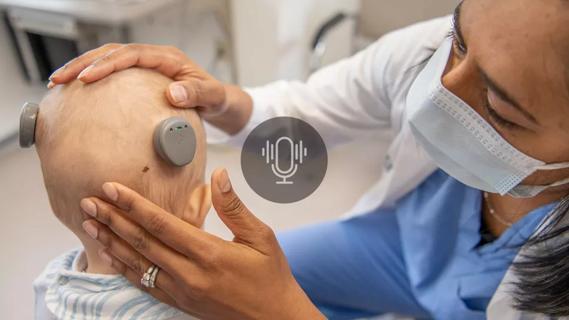
Research on children with UHL explores the quality-of-life benefits and outcomes of cochlear implants
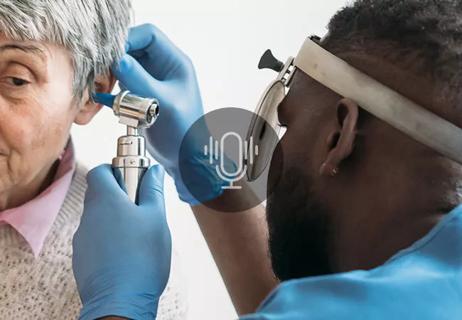
Hearing loss and its treatments are often misunderstood by both the public and healthcare professionals
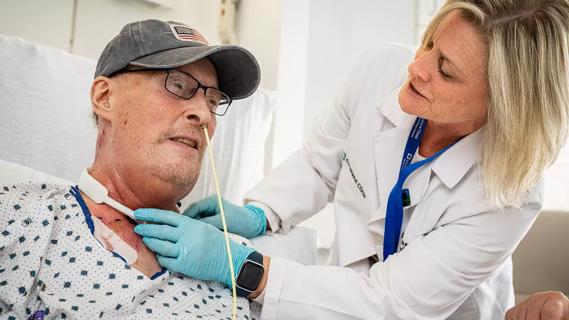
Modified Barium Swallow Study and Flexible Endoscopic Evaluation of Swallowing can both be used to diagnose dysphagia, but it’s important to understand their advantages and disadvantages

By working in tandem, a pediatric otolaryngologist and speech-language pathologist can diagnose conditions and develop treatment plans in the same visit

Because EILO is a relatively new condition, educating care providers to help diagnose and treat earlier is critical
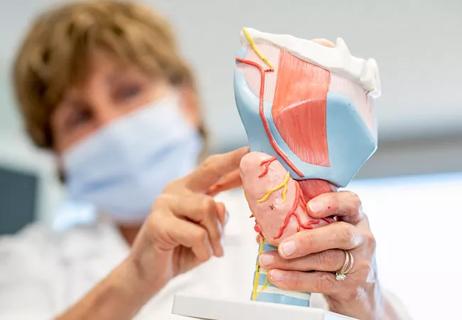
A Cleveland Clinic speech-language pathologist describes the techniques she uses with her patients and how new research reinforces that patients should be driving care decisions

The treatment is simple and effective for many patients, but more research is needed to determine the exit-strategy from repetitive injections
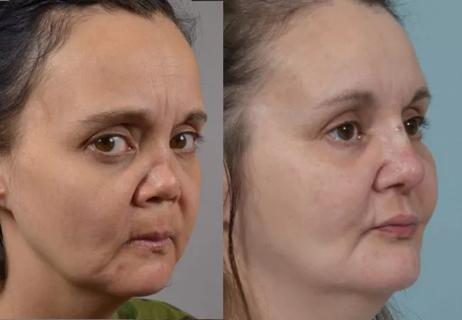
A unique approach provides long-lasting results with minimal impact on the disease state